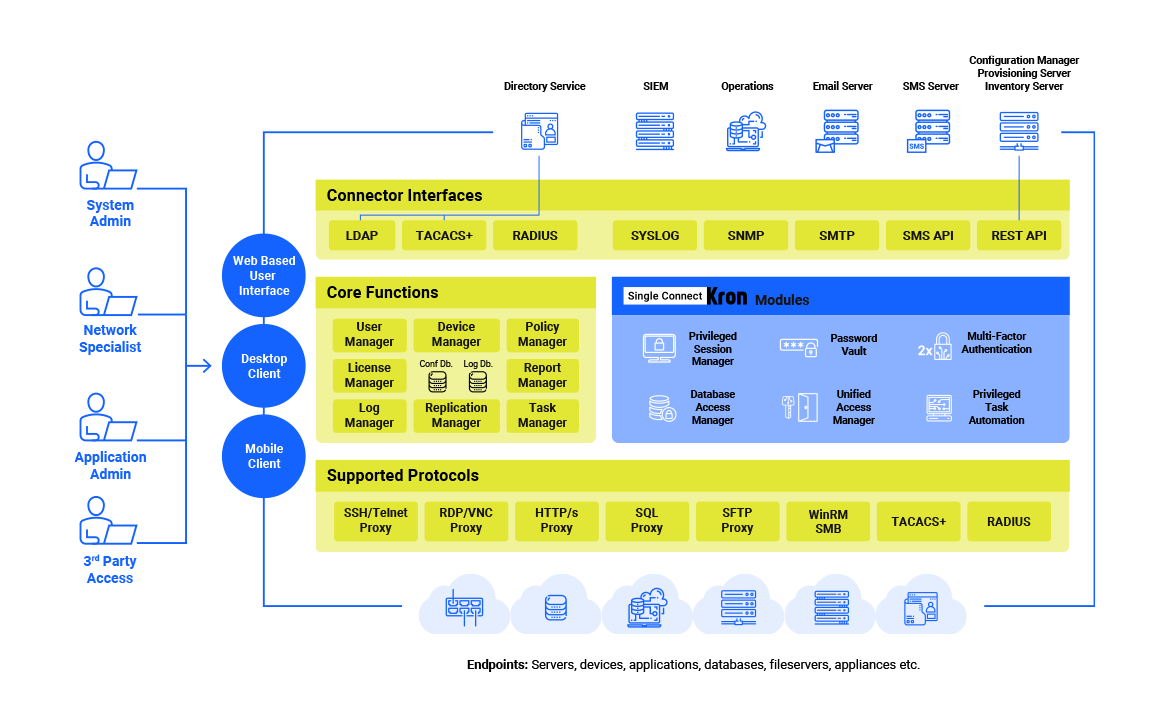User Behavior Analytics
Detect and response security threats by analyzing user’s activity pattern with AI-powered intelligent algorithms
Download Datasheet Request a Demo- Home
- Identity & Access Management
- User Behavior Analytics
- HOW IT WORKS?
This proven solution reduces the implementation time required to set up privileged access control by approximately 80% compared to other solutions and can scale to support tens of thousands of users and accounts, millions of devices and endpoints, and billions of authentication combinations. Single Connect has modular and integrated architecture to support wide range of protocols and features on one platform.


Whether applied to real time communications systems, desktops, mobile devices and collaboration applications, or to connected machines as part of Internet of Things deployments, Single Connect™ dramatically reduces the complexity associated with a fully effective, fully compliant solution.
Users logon to Single Connect from web based interface to use services such as web based remote desktop connection to a windows server, web based CLI connection to a network device, password checkout from secure vault, etc.
Users may prefer to connect using their regular native clients instead of web based interface. For example, users can use their own CLI client applications (e.g. Putty, SecureCRT, etc.) or Windows native remote desktop application or SQL client (TOAD, DataGrid, Navicat, etc.) applications to connect directly to Single Connect proxy services which are SSH/TELNET, RDP and SQL respectively in this case.
In some use cases, users do not directly connect to Single connect or even aware of Single Connect. For example, if a network device is managed by Single Connect TACACS manager, then when a user directly connects to that network device for device administration purposes, Single Connect runs behind the scenes and user is not even aware of Single Connect.
Single Connect admins connect via Web based interface for administration and configuration purposes such as changing user privileges, creating new policies, adding/removing endpoints.